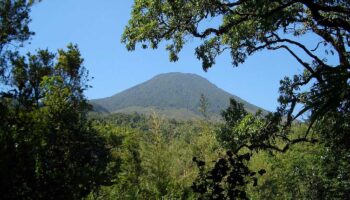The climax of any safari to Bwindi Impenetrable National Park (BINP) is spending time in the company of a family of mountain gorillas in their natural habitat. The park is home to about 340 individual mountain gorillas, which constitute half of all the mountain gorillas in the world. The other half inhabits the nearby Virunga Mountains. Trekking of gorillas is only on foot and requires physically fit individuals to navigate the rugged and mountainous park. The magnificent gorillas which are the closest cousins of man are both rare and endangered because of habitat loss, poaching and diseases. Although gorilla trekking can be done all year round, due to damp seasons experienced in Bwindi, majority of visitors prefer travelling in June to September as well as from December to February. Permits for gorilla trekking are highly regulated in order to limit the number of visitors and protect the primates. Only 72 permits are available per day and visitors are encouraged to book well in advance.
The biologically diverse park, provides habitat to a further 120 mammals, including several primate species such as baboons, chimpanzees as well as elephants and antelopes. Bwindi is a bird lover’s paradise. There are over 350 species of birds recorded in the park including the Albertine Rift endemics, 348 species of butterflies, 27 species of frogs, chameleons, geckos and many other endangered species. If you are in love with floral plants, BINP will not disappoint. Floristically, the park is the most diverse in East Africa when it comes to flowering plants with more than 1000 species recorded.
A safari to QENP can be combined with gorilla trekking in Bwindi or a tour of Murchinson falls National Park

